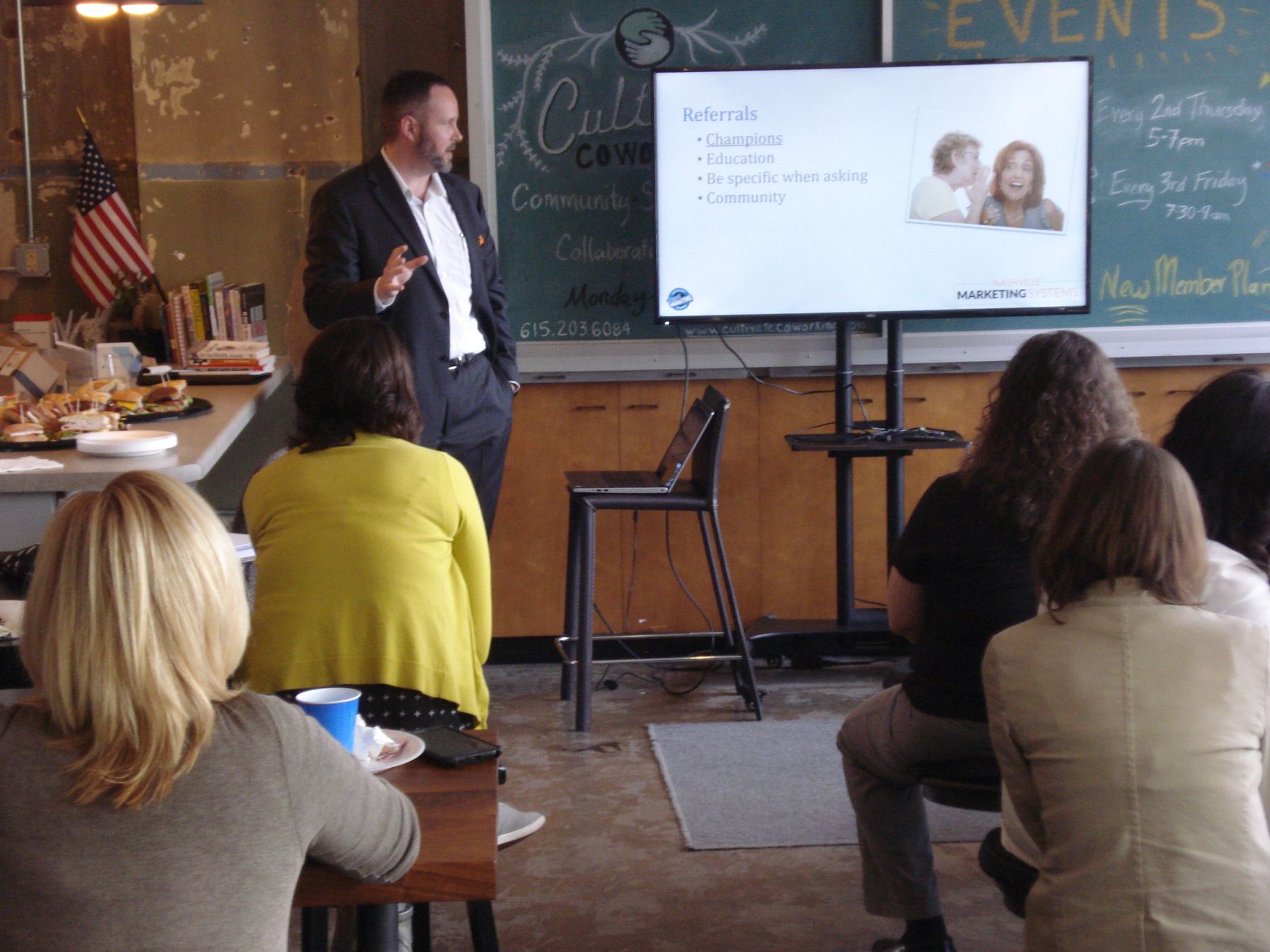You either have a good reputation online or a bad reputation online.
There is no neutral. For the sake of this article, I’m going to assume that there is nothing of yours online that needs to be buried. Because the principles for burying online info and simply building positive online info are the same. The goal is to fill up the first ten Google search results with positive info that you control.
When was the last time you clicked “Next” on Google? It’s been a while. The only time I do it is to find where my customer’s are after they hire me, and before I start working for them. Your customers are the same. They aren’t going to click Next, and that’s why the first page has to be controlled by you.
Is controlling the top ten results in Google too much work?
Not really. Here’s how to control the first page for your business.
1. Create your Google My Business Page.
This is the page in the upper right of the search results page. Just go to Business.google.com/create and choose the type of business you own. Once you complete the information, Google will mail you a postcard with a verification number. Verify the number with Google, and your My Business page will go live.
The benefit of the Google My Business page is that this is where Google links everything. For your own business, your digital “headquarters” is your website. For Google, your digital headquarters is your My Business page. The importance of this can’t be underestimated.
2. Claim your social media accounts.
I say “claim” because they’re free and there’s an unlimited amount of them. They’re yours, you just have to go out and create them. LinkedIn is an absolute necessity. Create your LinkedIn account, as well as create your Company page in LinkedIn. Strongly encourage your employees to also create or update their LinkedIn page to show that they work for your company.
Another thing about LinkedIn and getting ranked is to update your personal and company page regularly. Weekly is the minimum to let Google know that you’re engaged. This can be as simple as re-posting pertinent industry articles. Have your administrative people do the same thing on their LinkedIn pages. That helps, too.
Create your business’s Facebook page. Keep it updated and post relevant info. Same with Twitter, Instagram, and Pinterest. Even if you think your industry isn’t relevant for visual sites, post some pictures. Google likes it.
3. NAP: Not what you want to take after lunch.
NAP stands for Name, Address, Phone number. This seemingly simple part of your digital presence is very important. Why? Because Google looks at consistency. Consistency in spelling, spacing, capitalization, punctuation, etc. So, if your name is Murfreesboro Elevator Company, it has to be exactly that across websites. Not Murfreesboro Elevator, not Murfreesboro Elevator Co., not Murfreesboro Elevator Company, Inc. Exactly the same across all platforms.
If you want some help doing this because you don’t have time to deal with it, send me an email and I can help.
4. Create shareable content.
This is content that your customers will want to read, view, etc. For the elevator industry, it could be:
– Checklist for testing the elevator phone
– Should Ask Questions instead of Frequently Asked Questions
– Tips for keeping the elevators appearing clean
– The most overlooked parts of an elevator contract, etc.
When you’ve created this content, share it across your social media platforms. You could even email it to your existing clients and ask them to share it in their networks. As long as it links back to your website, Google will see that your content has been shared and your pages will rank higher.


